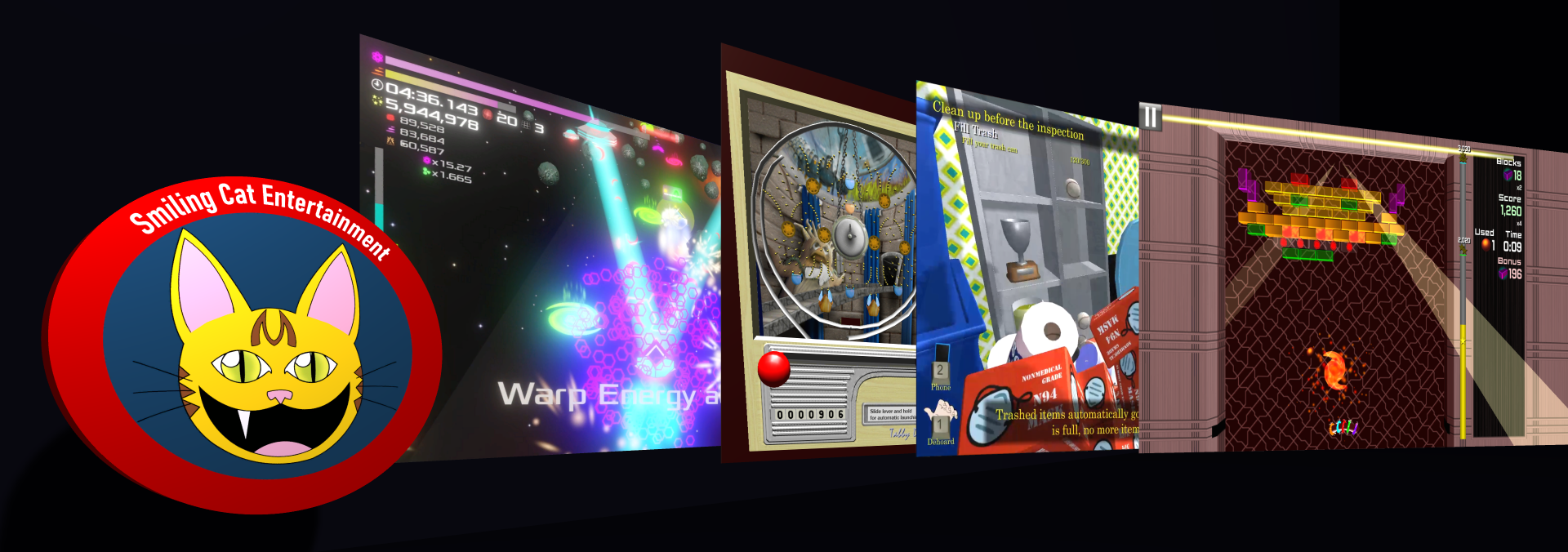It has been a while since I have given an update. Last month was GDEX 2018, which kind of got on top of me before I knew it and left me little time for much else. As for what went down at GDEX 2018, the attendance was amazing! On Saturday, there was a period of several hours from late morning into late afternoon where neither of my two demo stations went unoccupied for more than 30 seconds. Overall, it was a great success. Many people got to try out the latest build of Dehoarder 2, and give their feedback. Where possible, I tried to ask people both what they liked best about the game, and what they liked least or would change about the game. The very encouraging response overall was, the directions in which I am intentionally taking the game get the most praise, plus I got some good constructive criticism to help make the game even better. People really identify with the game and the struggles of the main character. They love the humor, all of the knockoff product brands, and for the most part like the artistic style. Where I need to be more cautious is in making sure my gameplay systems all have immediate feedback.
This brings me to the main point of my post this month, the overhaul of the market and item selling system. Earlier in the game’s development, I created a market model that was very realistic, with supply and demand curves, market volatility, and random noise. An item could be listed for sale, and then would take 24 in-game hours to sell, with simulated buyers bidding on the item similar to an online auction service. The problem was, this sucked in practice. Once the item was listed, there was no really meaningful feedback for the next 24 in-game hours. Sure, you would get notifications of bids, but those were really just background noise. Also, balancing the market with the rest of the game was proving very difficult.
The selling system in Dehoarder 1 was much simpler. You hit sell, and boom, you got paid. the feedback and cash receipt was immediate. The problem was, once you reached the willpower level needed to sell a particular item, you could get rich beyond the ability of any in-game money sink to reign you in. Hence the need for something like the concept of demand, to dampen prices further sale of similar items in a short time.
The solution I implemented was to go back to the “immediate sale” system of Dehoarder 1, while completely redesigning the backend mechanics of the market to focus solely on demand depletion and replenishment and its effect on price. Each sellable item has a defined base price, base demand (items per day), and volatility (how drastically the price changes due to changes in demand). Demand for an item replenishes fully (and linearly) up to the base demand over a 24 in-game hour period. When demand equals the base demand, the item sells at its base price. When demand is less than the base demand, the item sells for less than the base price, and conversely when demand is higher than the base demand, the item sells for more than the base price. When demand falls below zero, there is no more market for that item until demand replenishes sufficiently.
How can an item have demand higher than it’s base demand? Good question: this can happen through a random event, an announcement along the lines of “Transistor radios are the hot new collectable! Get them while they are hot!” In addition, progress on some quests may influence the markets for certain items.
These changes will make the item selling experience within the game much more rewarding and engaging. The new market attributes for items allow more direct and predictable control over the market for that item, making setting up the market and controlling the game economy much less of a guessing game.
